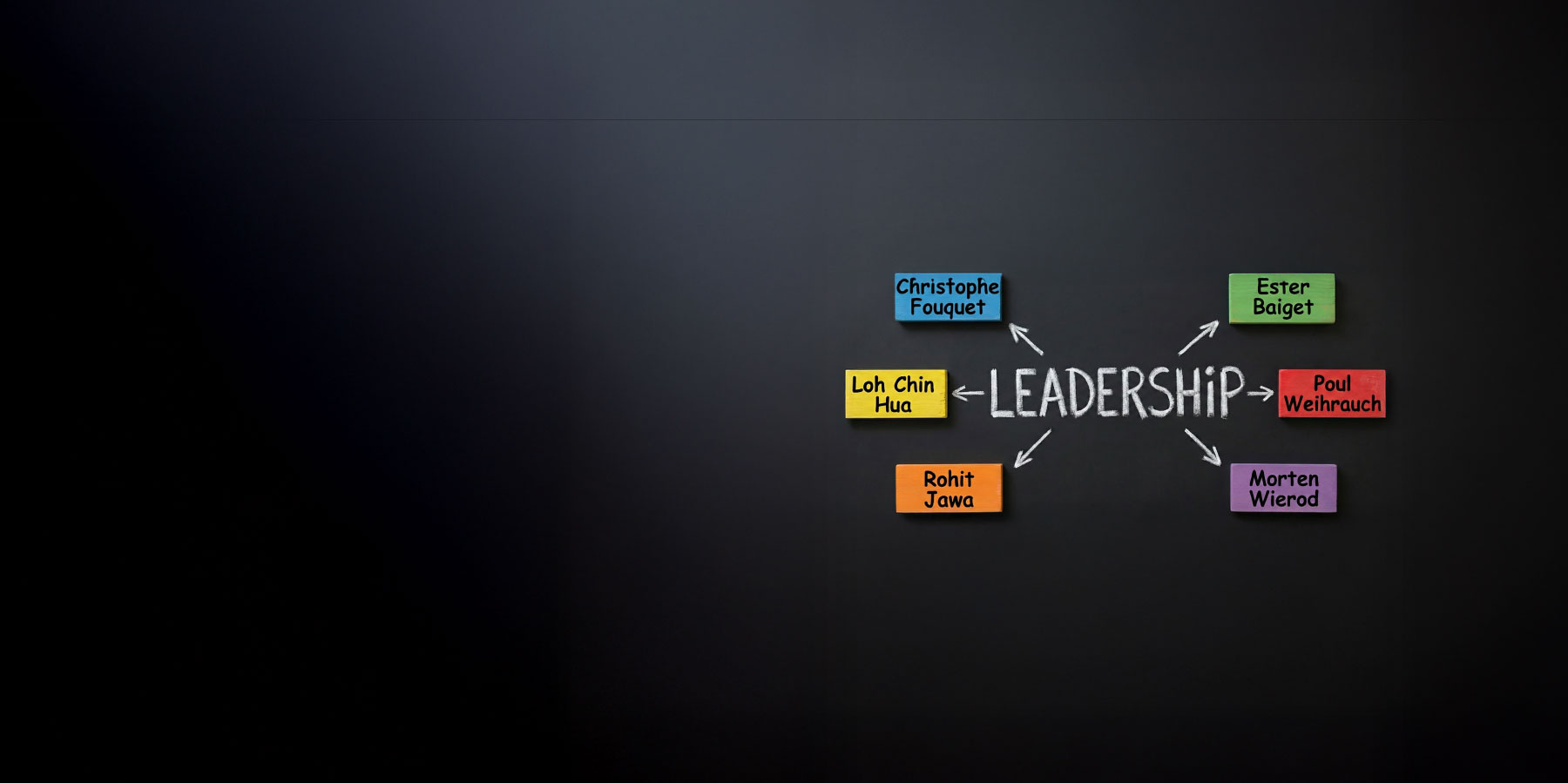Second that emotion - building emotional resilience

Silke Mischke, Learning Manager and Executive Coach at IMD and Jennifer Jordan, IMD Professor of Leadership and Organizational Behaviour, present a webinar on what the crisis means for leaders and their teams from the vantage point of being an emotionally loaded time.
They look at how emotions should not be ignored but leveraged. Silke Mischke says, “Emotions are useful data with which you can work, and which will make you more efficient in your leadership.”
Indeed emotions, which arise partly due to a change in the environment, are always present. The work lies in noticing them as they arise and then asking how appropriate they are for the situation. That´s the groundwork for working with them.
Emotions also have an adaptive function, so by ignoring them you are missing out on critical data.
A tech cloud study presented by Mischke showed that among 220 executives, the emotion they felt most during the COVID crisis was fear.
Professor Jordan described how fear is one of the most important emotions in leading in a digital age. A very old emotion, it gets us moving, and gets stress hormones going. […] Today we know that if we feel fear all the time it will destroy adrenal and immune systems.
She said, “Leaders who feel no fear about digital disruption have no desire to change, so in that sense it becomes a positive emotion.”
Do you get stuck with emotions or use them to get insights? What insights do you gain when you do try to listen to your emotions? The current crisis is the perfect playground to be doing this kind of work on yourself.
So that’s the theory. How about some tools? This webinar does not leave listeners wanting on that front. There are six thinking traps that are common among us all, ranging from overgeneralisation to catastrophising, and these are explored in depth. Learning to identify them as they arise – and they will – empowers us. Then comes recognising the difference between “I feel desperate” and “I am desperate”.
The next stage of the work is moving out of that limiting experience and working with the data. The presenters have designed a couple of number-based tools that listeners can easily call upon.
One is a four-stage journey working with the emotion, from stage one of perceiving it to stage four of managing it. The other accompanying tool is “the four Ls of emotional resilience”: listen, label, learn and leverage.
Finally, it´s important to be aware how more than one emotion can be operating at any one time. For instance, there may be fear but a suggestion of excitement too, as new emotions take over.
The importance of empathy and best practices from leaders to their teams also feature. Concrete tips in this arena include avoiding virtual meetings becoming task focussed by expressing how you feel (perhaps showing vulnerability, or a certain lack of control over a situation) and encouraging others to follow suit.
Also, remember the value of scheduling breaks. Perhaps you knew you should do so, but did you previously see it from the angle of doing so to avoid emotions building up and subsequent exhaustion? In Mischke’s words, “The energy you use to put your emotions aside is energy that could be used more effectively by working with these emotions.”
This webinar is thought-provoking and enriching in equal measure with many more such questions posed by the speakers and listeners alike, whose participation includes several eye-opening listener polls.
This webinar appeared live on Monday 25th May 2020 at 11am CEST.
Research Information & Knowledge Hub for additional information on IMD publications
Research Information & Knowledge Hub for additional information on IMD publications
Research Information & Knowledge Hub for additional information on IMD publications
Research Information & Knowledge Hub for additional information on IMD publications
in I by IMD
Research Information & Knowledge Hub for additional information on IMD publications
Research Information & Knowledge Hub for additional information on IMD publications
Research Information & Knowledge Hub for additional information on IMD publications
Research Information & Knowledge Hub for additional information on IMD publications
Research Information & Knowledge Hub for additional information on IMD publications
in I by IMD
Research Information & Knowledge Hub for additional information on IMD publications
in I by IMD
Research Information & Knowledge Hub for additional information on IMD publications












